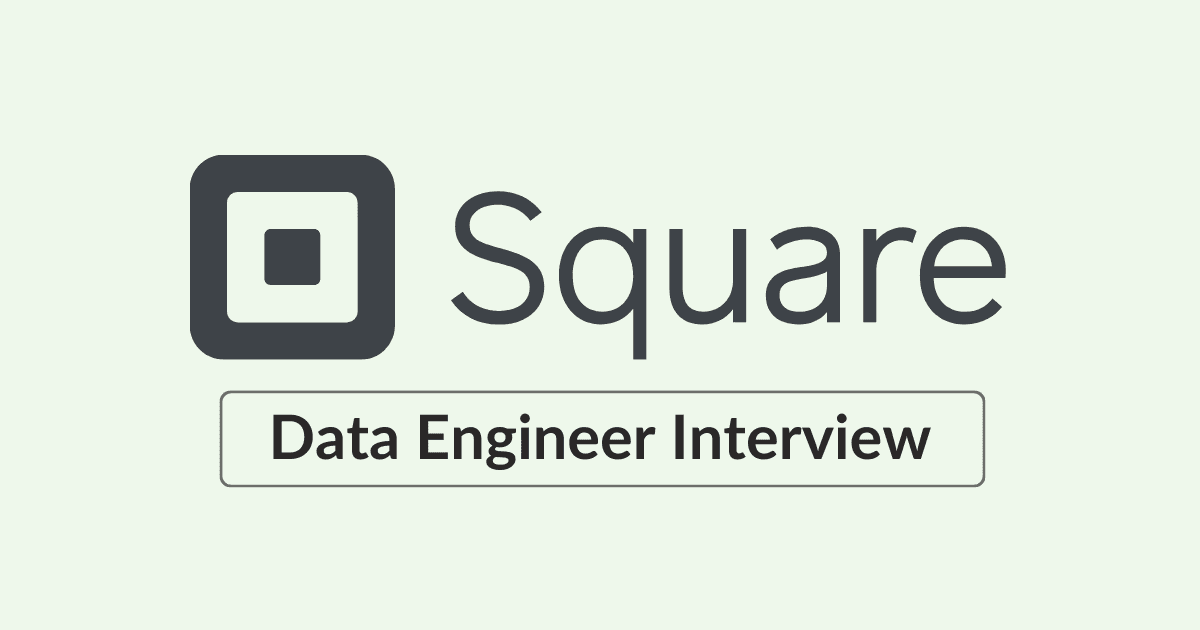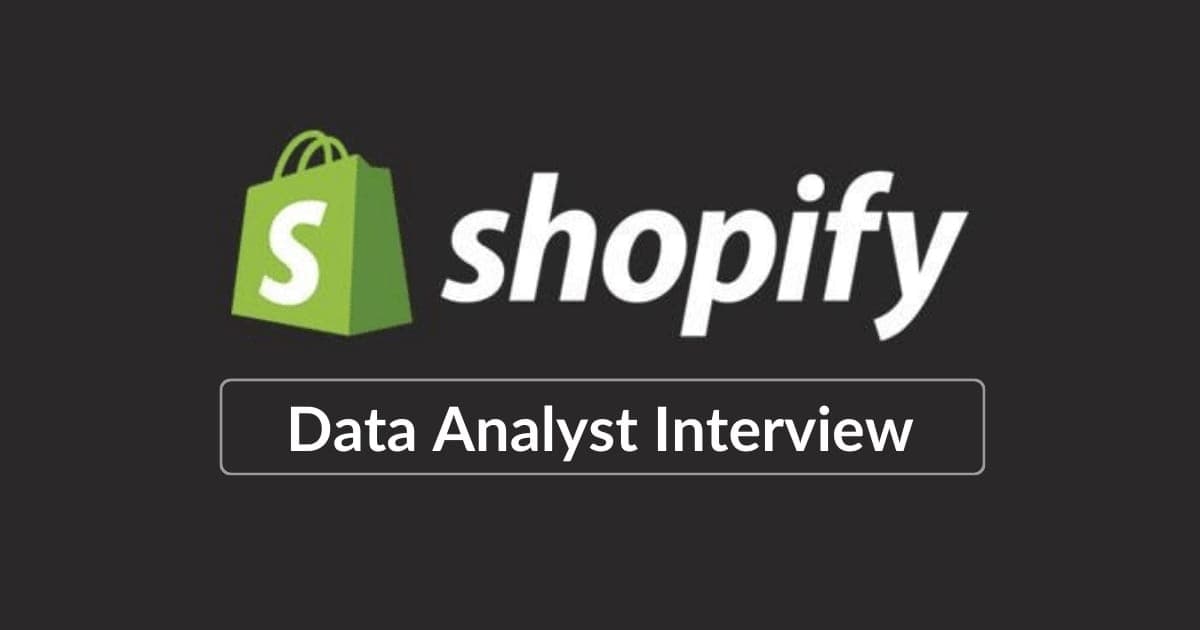Product sense interviews are vital for candidates aspiring to work in product-driven companies like Google, Meta (Facebook), Microsft, Netflix and OpenAI. These interviews assess your ability to (1) think strategically, (2) empathize with users, and (3) make data-driven decisions.
You will be exposed to product sense interviews or questions across roles in a product team:
- Data Analyst or BI Analyst
- Data Scientist (Product)
- Data Engineer
- Product Manager
For instance, in the Data Scientist, Data Engineer, and Product Manager interviews at Meta and Google, there are dedicated rounds focused on product cases. These include questions about defining core KPIs of a flagship product (e.g. Facebook Feed), metric investigation, and feature improvement.
To help you ACE product sense interviews, we will deconstruct how to cultivate Product Sense, discuss frameworks and example questions seen in FAANG and OpenAI. Let's get started!
1. The Core Components of Product Sense

1.1. Business Acumen
Understanding the business side of product decisions is critical. This means considering how decisions align with the company’s objectives and contribute to growth, revenue, and efficiency.
Before the product sense interview, research the following:
- Understanding business objectives: Know the high-level goals (e.g., user growth, revenue, or engagement) of the company and flagship products
- Cost considerations: Account for potential trade-offs, like the cost of acquiring new users vs. retaining existing ones.
- Market dynamics and competitive analysis: Be aware of trends, competitors, and user behavior shifts that might influence product decisions.
1.2. User-Focused Thinking
A key attribute assessed in product sense is empathy. In other words, "Do you understand the friction point that the user is experiencing on your product or in the real world?". It is the job of a product team composed of product manager, data scientists, and data analysts to understand the user needs.
Here are the key aspects they are assessing:
- User segmentation: Consider different user types and how each interacts with the product.
- User behavior analysis: Study patterns in user engagement and actions within the product.
- User journey mapping: Identify touchpoints from awareness to usage to churn.
Cultivate user-focused thinking by downloading the app. Observe every step in the user experience and the UIs (e.g. sign-up button) in the process.
1.3. Metric Mastery
Metrics provide a concrete way to assess success and measure the impact of product decisions. Every product team considers the following metrics:
- North Star metrics: Identify the primary metric that reflects product success (e.g., daily active users).
- Secondary/Guardrail metrics: Additional metrics that offer context (e.g., retention, churn). Metrics that convey negative impacts like higher drop-off rates.
- Funnel metrics: Analyze stages in the user journey from awareness, activation, acquisition/purchase, retention, and churn.
2. The GAME Framework for Answering Questions
To structure your answers, use the GAME framework — Goals, Action, Metrics, Evaluation. Let’s walk through how to apply this framework to a typical product sense question.

Suppose that the interviewer at Meta (Facebook) asked the following question:
"How would you measure success on Facebook Feed?"
2.1 G - (Product) Goal
The Goal is where you align with the big-picture objective. What’s Facebook trying to achieve with the Feed? This keeps your answer on track with the company’s mission.
- Example Response:
- Facebook Feed’s primary goal is user engagement, making sure people find value and come back often. Additionally, it aims to drive ad revenue by keeping users interested in content and ads.
- Other goals include maximizing user satisfaction by delivering relevant, personalized content.
2.2 A - (Product) Action
The Action step is all about the user journey. Think about how users interact with the product and where they might get value. This is where empathy for the user experience comes in.
- Example Response:
- Facebook users log in, scroll through their feed, engage with posts (likes, comments, shares), and discover new content or friends.
- Key actions include:
- Scrolling and browsing: Users explore the feed to find fresh, relevant content.
- Engaging: Users react to content by liking, commenting, or sharing.
- Interacting with ads: Users occasionally click on ads, contributing to Facebook's revenue goals.
Before your upcoming interview, research core products and services of the company interviewing you. This helps you address open-ended cases about the product.
2.3 M - Metrics
Metrics provide the data to gauge progress. Choose metrics that clearly track whether you’re hitting the goal and help you assess what’s working.
- Example Response:
- Engagement Metrics:
- Average session duration: How long users stay engaged on the feed.
- Interactions per user: Tracks likes, shares, comments—indicators of active engagement.
- Retention Metrics:
- DAU/MAU: Daily and monthly active users to measure retention.
- User Satisfaction Metrics:
- User surveys: Feedback on content quality and relevance.
- Ad Performance Metrics:
- Ad impressions and click-through rates (CTR): Indicators of ad engagement without disrupting the user experience.
- Engagement Metrics:
2.4 E - Evaluate
Evaluate is where you prioritize metrics and consider potential trade-offs. This step shows you understand which metrics matter most and can balance different aspects of success.
- Example Response:
- Primary Focus: Engagement metrics, like session duration, are critical since they reflect user interest.
- Secondary Focus: User satisfaction metrics come next to ensure engagement doesn’t compromise user experience.
- Ad Metrics: Important, but balance is key—ads should support engagement, not disrupt it.
With the GAME framework, you’ll be ready to tackle product sense questions with confidence and structure, impressing interviewers with your clear, strategic approach. Additionally, there are more frameworks for different question types, which you have access to when you enroll in the Data Science Interview MasterClass or the Premium Community Group.
3. Common Question Types and How to Tackle Them
These are question types asked across data and product manager roles. So make sure you are well prepared on how to ace them!
3.1. Metric Questions
Metric questions test your ability to pick metrics that accurately reflect product health and align with business goals.
- Choosing the right metrics: Select primary and supporting metrics relevant to user and business needs.
- Handling metric trade-offs: Balance conflicting metrics (e.g., engagement vs. monetization).
- Investigating metric changes: If a metric drops, examine user behavior and external factors.
Example: “What metrics would you track for feature X?” Start with the North Star metric, then identify supporting and counter metrics.
3.2. Problem Diagnosis Questions
Root cause analysis questions test your analytical skills and depth of product understanding.
- Root cause analysis: Use data to identify probable causes.
- User behavior investigation: Examine patterns before and after the change.
- Data deep dives: Check if trends align with specific user segments.
Example: “Why might metric Z be dropping?” Consider external factors, user experience issues, or feature changes.
4. Practice Questions and Example Answers
4.1. Meta (Facebook) Product Sense Questions
- Instagram Reels Engagement: What metrics would you use to measure the success of Instagram Reels?
- Facebook Groups Community Health: Which metrics would you prioritize to measure the health and engagement of a Facebook Group?
4.2. Google Product Sense Questions
- Search Quality and User Satisfaction: What indicators would you use to measure user satisfaction with Google Search results?
- YouTube Creator Engagement: Which metrics would best reflect the engagement and satisfaction of YouTube creators?
4.3. Amazon Product Sense Questions
- Prime Membership Retention: What factors do you believe are most critical for retaining Amazon Prime members over time?
- Marketplace Seller Growth: How would you measure growth and satisfaction for sellers on Amazon Marketplace?
4.4. Netflix Product Sense Questions
- Content Recommendation Relevance: What metrics would you track to evaluate the effectiveness of Netflix's recommendation engine?
- Show Renewal Decisions: Which metrics would you prioritize when deciding whether to renew or cancel a show on Netflix?
4.5. OpenAI Product Sense Questions
- ChatGPT User Satisfaction: How would you measure user satisfaction with ChatGPT responses?
- API Usage Growth: What metrics would you use to track the growth of OpenAI's API usage across customer segments?
For detailed solutions and video explanations, check out the DataInterview Subscription to boost your understanding of how to approach product sense questions.
5. How to Prepare for Product Sense Interview
5.1 Focus on the Root Problem
One of the biggest mistakes candidates make is jumping into answers without fully understanding the question. Take a moment to ask clarifying questions and avoid assumptions. This will help you align your response with the interviewer's expectations and demonstrate your attention to detail.
5.2 Keep the Business Context in Mind
It’s easy to get caught up in product details and lose sight of the bigger picture. Always consider the broader business goals and financial implications of your decisions. This will show interviewers that you think like a product leader who understands the company’s objectives.
5.4 Prioritize User Perspective
A user-centric approach is essential in product interviews. Make sure to think about user needs and behaviors at every stage of your answer. Addressing the user’s pain points and journey will add depth to your response and highlight your empathy for the end-user experience.
5.5 Join Interview Prep Community
Join DataInterview.com and get help from peers via Slack and expert help in personalized 1:1 coaching. Using these preparation tips and resources will help you approach product sense interviews with a balanced, well-rounded perspective, giving you the confidence to tackle any question with clarity and depth.



